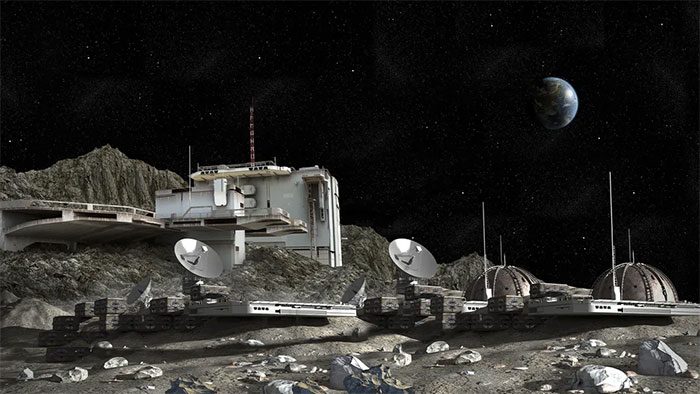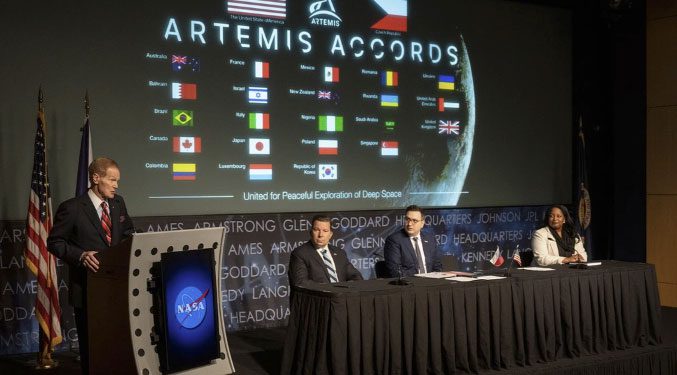Can We Mine on the Moon and Asteroids? Many countries are interested, but the legal issues remain unclear. So, where do we stand in this journey?
Mining resources on the Moon and asteroids could yield billions of dollars, and several companies have ideas about this. But is space resource extraction legal? For asteroids, the answer might be “yes,” but for the Moon, the situation is much more complicated.

Illustration of a base on the Moon. NASA hopes to establish a permanent base there in the next decade, but the legality of mining lunar resources remains a significant question. (Photo: 3000ad/Shutterstock).
In 1967, 110 countries, including the United States, Russia, and China, signed a treaty stating that no “sovereignty” could claim ownership of the Moon. However, the Outer Space Treaty (OST) does not absolutely prohibit companies or individuals from mining and owning resources from space.
“As a lawyer, I can point out that everything remains in a gray area; nothing is clear yet,” said Professor Michelle Hanlong, a space law expert at the University of Mississippi School of Law. She is also the Chair of the For All Moonkind organization, a nonprofit aimed at protecting specific sites on the Moon from exploitation.
However, some legal experts argue that the broad interpretation of “sovereignty” in the OST could technically extend to enterprises. This means that at least companies are prohibited from mining the Moon.
Since the signing of the OST, a few countries have taken it upon themselves to handle space mining issues. In 2015, the U.S. Senate passed the Space Act, a domestic law granting U.S. citizens rights to resources in outer space.
Ms. Halon noted that there was fierce opposition after this bill was passed. Many countries accused the U.S. of acting unilaterally, and in any case, U.S. law cannot be enforced in areas outside its jurisdiction.

NASA Administrator Bill Nelson (left) meets with ambassadors from the Czech Republic during the Artemis Treaty signing. (Photo: NASA/Joel Kowsky).
Nonetheless, this did not stop other countries from getting involved. In 2017, the Luxembourg government passed a law granting companies rights to mine and retain resources from celestial bodies. Japan and the United Arab Emirates did the same.
Instead of allowing each country to set its own regulations, in 2020, NASA and the U.S. Department of State proposed a set of guidelines for space exploration known as the Artemis Accords. This is a multilateral initiative aimed at bringing humans back to the Moon by 2026, with seven other countries signing on alongside the U.S.
This treaty takes the OST a step further. By signing, countries agree to grant rights to space resources within their “safety zones” on the Moon. These zones will be established to prevent conflicts between nations. Russia has voiced opposition to this U.S.-led agreement. Nonetheless, as of February 2024, 35 countries have signed the Artemis Accords.
However, any truly binding international law must go through the United Nations. This may soon happen, as a UN committee focusing on “the peaceful use of outer space” will meet in April 2024 in Vienna, Austria, to discuss space resource extraction.
Professor Steven Freeland from the Western Sydney University School of Law in Australia, who is the Vice Chair of the task force analyzing legal issues for this committee, stated that “one of our tasks is to examine the current governance framework and its impact on the idea of space resource activities.”
This task force will develop an initial set of rules for space extraction, to be approved by over 100 UN member states before being presented to the General Assembly—the UN’s key policy-making body—for approval.
Until then, many questions remain, including whether lunar mining will apply similarly to asteroid mining. According to lawyer Halon, “in many ways, the law has always lagged behind reality, and we are still in that situation.”





















































